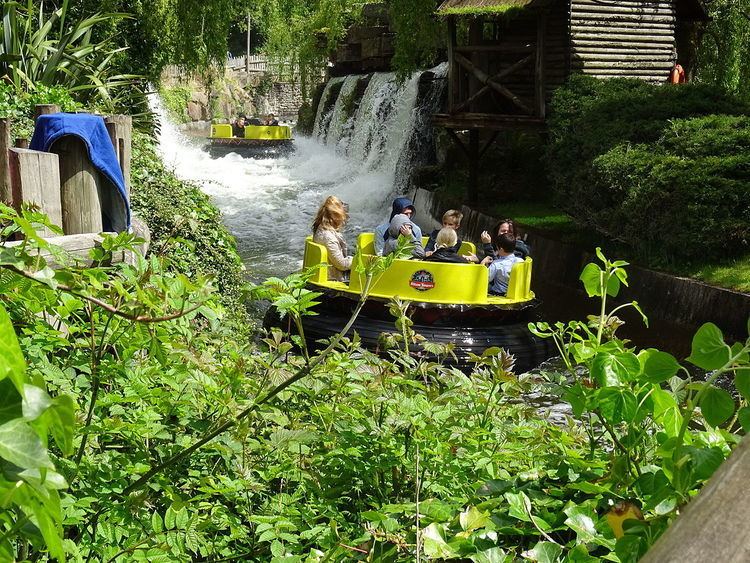Area Katanga Canyon Opening date 1986 Length 725 m (2,379 ft) Opened 1986 Manufacturer Intamin | Status Operating Type River rapids ride Capacity 2,000 riders per hour Park Alton Towers | |
 | ||
Address Alton, Stoke-on-Trent ST10 4DB, UK Hours Closed now Saturday10AM–6PMSunday10AM–6PMMonday10AM–6PMTuesday10AM–6PMWednesday10AM–6PMThursday10AM–6PMFriday10AM–6PM Similar Runaway Mine Train, Battle Galleons, Twirling Toadstool, Beastie, Beast | ||
What surviving congo river rapids teaches us about always being tenacious
Congo River Rapids is a river rapids ride made by Intamin. It is located in the Katanga Canyon area of Alton Towers in Staffordshire, England.
Contents
- What surviving congo river rapids teaches us about always being tenacious
- Chez tintin congo river rapids
- HistoryEdit
- InspirationEdit
- In mediaEdit
- References
The rapids course comes close to the Runaway Mine Train as it passes through the tunnel. It features twin waterfalls, and rafts pass between the two waterfalls.
Congo River Rapids shares its name with a ride at Busch Gardens Tampa in Tampa, Florida, but it has different layout.
Chez tintin congo river rapids
HistoryEdit
Congo River Rapids first opened in 1986 as Grand Canyon Rapids and was part of the Aqua Land area of the park.
The entrance to the queueline was originally located where the path to Katanga Canyon starts in Mutiny Bay today, meaning that the ride was hidden from view. This was changed when Katanga Canyon was built in the centre of the rapids circuit as part of John Wardley's plan to open up the area. Katanga Canyon opened in 1992 along with the new Runaway Mine Train.
The Grand Canyon Rapids were rethemed to adopt the African safari theme of the new area, including the change of name to Congo River Rapids.
The original rafts held six riders. These were changed years later for eight seat rafts to increase passenger throughput.
InspirationEdit
The inspiration for this ride comes from the real Congo River rapids. They lie on the outskirts of Brazzaville in the Republic of the Congo, where the Djoué River meets the Congo.
